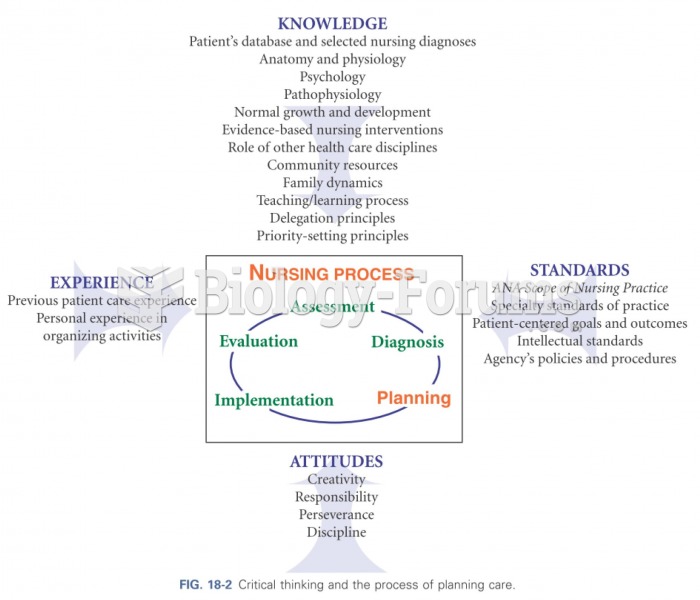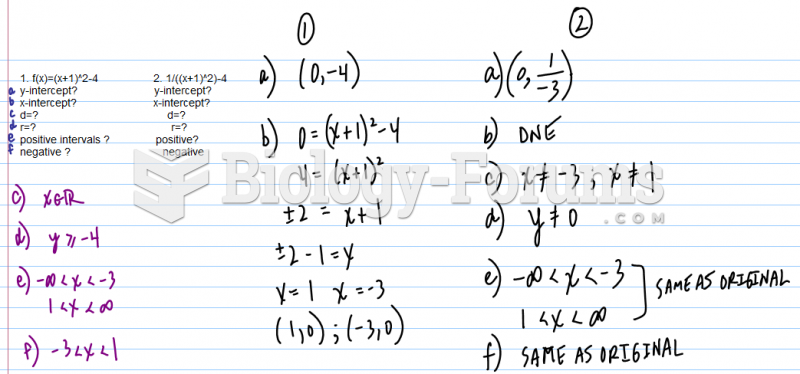Answer to Question 1
Answer: An audience will care about your presentation if they believe it is valuable to them. During audience analysis, you consider relevant personal information about your audience, audience needs and interests, audience attitudes and biases, audience familiarity with topic and jargon, etc. Knowing this information about your audience will let you know if they are experiencing a problem you can solve, if they feel a need for change, if the opportunity you are presenting is one they can take advantage of, and how in particular will they benefit from what you are discussing. This is very important, as it can alter the emphasis you place on different elements of your presentation. If you know your principal audience is focused on the bottom line, you would emphasize cost savings over other benefits. If you know that your principal audience has a vested interest in technology ventures, you could emphasize the cutting-edge aspect of your proposal. If you know that your principal audience is on a mission to improve employee satisfaction, you can stress how your proposal will improve morale.
Answer to Question 2
Answer: First, consider the needs of your audience. Will they want to make notes on your handouts? If so, avoid slide miniatures that fill the entire page with no room for notes. Be sure to leave ample margins or provide other blank space. Next, consider the impact of color. Your audience may perceive handouts printed in color as more impactful than black-and-white documents. However, colorful handouts are more ex-pensive to produce. Printing handouts in grayscale provides contrast without additional expense. Third, proofread carefully before copying. You can easily make changes to your electronic files before your presentation. However, if you find an error after you copy your handouts, printing and recopying them will require extra time and money. Also, make extra copies. Even if you think you know how large your audience will be, make 10 percent more handouts in case extra people attend or someone wants to share copies with col-leagues who cannot attend your presentation. Finally, decide when to distribute your handouts. In some situations, you may want to distribute your handouts as your audience enters the room. They can preview the topic and begin to think about your information before the presentation begins. In other cases, you may want to distribute the handouts as you begin speaking. Having handouts during the presentation al-lows the audience to make notes and identify question areas as they follow along. If you do not want your audience to read a handout while you are presenting, you may decide to provide handouts only at the end of the presentation as a take-away.








